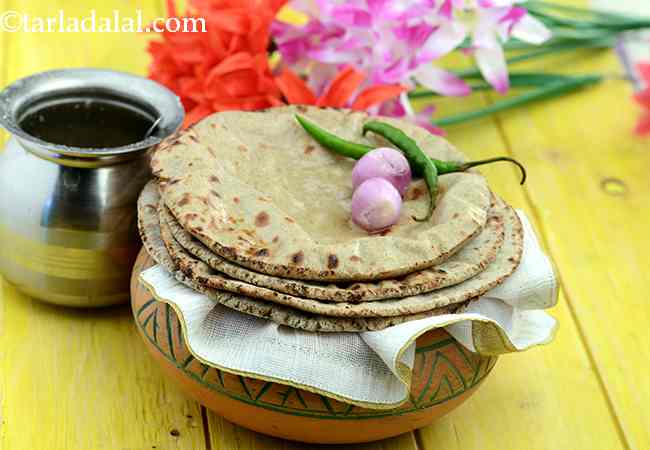Khalo Dal recipe serves 4, 150 grams per serving.
131 calories for 1 serving of Khalo Dal, Cholesterol 0 mg, Carbohydrates 19g, Protein 7.1g, Fat 2.9g. Find how much fibre, iron, calcium, zinc, magnesium, phosphorus, sodium, potassium, folic acid is present in Khalo Dal.
See khalo dal recipe | Bengali style chilkewali urad dal | healthy urad ki dal |
Khalo Dal a hearty lentil dish from Bengal which is rich in flavour, aroma and texture. Learn how to make khalo dal recipe | Bengali style chilkewali urad dal | healthy urad ki dal |
Bengali style chilkewali urad dal is made using minimal ingredients available in all kitchens. It is made with minimum oil, to suit diabetics and weight watchers, and despite its simplicity it has an irresistible flavour that makes you crave for more.
Healthy urad ki dal is a humble yet delectable lentil dish that embodies the essence of Bengali comfort food. It's a staple dish in Bengali cuisine, enjoyed for its earthy aroma, rich texture, and high nutritional value. Khalo Dal is a powerhouse of nutrients, rich in protein, fiber, iron, magnesium, and potassium. The black gram skin boosts antioxidants and dietary fiber, contributing to gut health and overall well-being.
Khalo dal recipe is typically served hot with steamed rice, roti, or it pairs well with various Bengali side dishes like Rosha (mixed vegetable curry), Aloo Posto (potato poppy seed curry), or Begun Bhaja (healthy brinjal snack).
pro tips to make khalo dal: 1. Soaking the dal helps to soften it and reduce the cooking time. 2. You can also add other spices to your liking, such as garam masala, coriander powder, or red chilli powder. 3. Khalo dal is authentically made using chilkewali urad dal but you can also make it using split urad dal.
Is Khalo Dal healthy?
Yes.
Let's understand the Ingredients.
What's good.
Urad Dal : 1 cup of cooked urad dal gives 69.30% of your daily requirement of folic acid. The folic acid in urad dal helps your body to produce and maintain new cells, especially red blood cells. Being rich in Phosphorus it works with Calcium to build our bones. It is also high in fibre and good for heart, good for lowering cholesterol and good for diabetes. See here for 10 super benefits of urad dal.
Onions (pyaz, kanda) : Raw onions are a very valuable source of vitamin C – the immune building vitamin. Along with other phytonutrients from onions, it helps to build WBC (white blood cells) which serves as a line of defence against illness. Yes, it’s a source of many antioxidants, the most important one amongst them being Quercetin. The quercetin in Onions promotes production of HDL (good cholesterol) and lowers total cholesterol in the body. The sulphur in onions act as a blood thinner and prevents blood clotting too. This in turn would lower blood pressure and good for heart, diabetics. Read the benefits of onions.
Ghee : Other than calories and fats, the only nutrients that ghee is rich in are the vitamins – all of which are fat-soluble. All the 3 vitamins (Vitamin A, Vitamin E and Vitamin K) are antioxidants which have a role in removing free radicals from the body and protecting our cell as well as help in maintaining skin health and glow. Ghee is an excellent, high-quality selection medium of cooking because of its high smoke point. As compared to most oils and butter, ghee can handle a smoke point of 230°C, 450°F, thus its less prone to oxidant and destruction of nutrients. Yes, ghee does contain cholesterol, but some amount of cholesterol is needed by the body. Cholesterol has some functions to play too. It is necessary for hormone production, brain function, cell health and lubricating the joints. It is, in reality, a high quality fat for the body and brain. Ghee is loaded with fats but that’s medium chain fatty acids (MCT) which aid in weight loss. Ghee is healthy for daibetics in small amounts. Learn to easily make your ghee at home which is free of preservatives. See benefits of ghee.
Can diabetics, heart patients and overweight individuals have Khalo Dal ?
Yes. 1 cup of cooked urad dal gives 69.30% of folic acid of your daily requirement of folate. The folic acid in urad dal helps your body to produce and maintain new cells, especially red blood cells.
Can healthy individuals have Khalo Dal?
Yes, this is healthy.
DAL + ROTI (cereal) enhances protein value
Combine Dal Kabila with bajra roti, jowar roti, radish nachni roti recipe , basic ragi roti recipe or whole wheat roti, whole wheat bhakri recipe to make a healthy combination. Note that when you combine any dal with any cereal like bajra, jowar, ragi, buckwheat, barley or whole wheat to enhance the protein value.

Bajra Roti